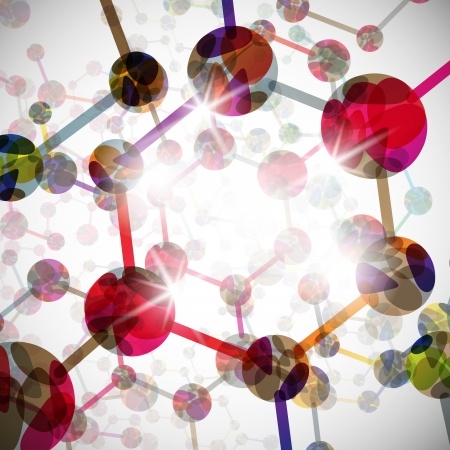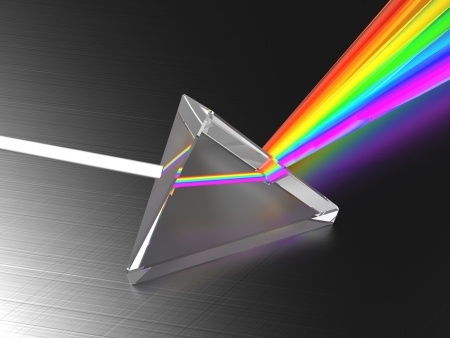Genome Canada, goopy 3D printers, wide range photosynthesis, adolescent drinking – see the connection? Yes, they are themes are articles that will get your students excited about science. This eclectic collection of current science news stories is brought to you by STAOBlog.
SciNews is published every Monday and Thursday. Stay tuned for more.
 Biology
Biology
Genome Canada to create ‘innovation network’ of 10 research centres. Globe and Mail
Citing the need to keep up with a rapidly changing field of science, Canada’s principal entity for supporting research in genomics is changing its approach.
On Tuesday, Genome Canada is expected to announce it will spend $15.5-million over the next two years to jump-start the creation of what it calls an “innovation network” by doling out funds to 10 research centres across the country. Matching funds from other public and private sources will bring the initial investment in the network to $31-million. In addition, the centres will compete with one another to divide a $15-million pot earmarked for technology development. Read More…
Major study shows some biodiversity losses can be reversed. Science Daily
Humanity’s use of land for agricultural production has come at a cost to local ecosystems worldwide, but some of the damage can be reversed, according to new research. Read More…
Adolescent drinking affects adult behavior through long-lasting changes in genes. Science Daily
Binge-drinking during adolescence may perturb brain development at a critical time and leave lasting effects on genes and behavior that persist into adulthood. The findings were reached using an animal model. Read More…
A more accurate prenatal test to predict Down syndrome. Science News
A prenatal test that examines a baby’s DNA in a sample of the mother’s blood is much more accurate for detecting Down syndrome for most women than standard screening methods are. In a study of 15,841 pregnant women, babies identified by the DNA test as having an extra copy of chromosome 21 had an 80.9 percent chance of actually having Down syndrome. In comparison, only 3.4 percent of babies that tested positive with standard screening methods had Down syndrome, an international team of researchers report online April 1 in the New England Journal of Medicine. Read More…
Chemistry

Cooking up life for the first time. Science News for Students
Which came first? That is a basic question about the origins of life. Forget the chicken and the egg, though. Scientists are more interested in how and when the basic parts of a living cell first appeared. Ever. Now chemists may have the answer. A set of chemical reactions on the surface of ancient Earth could have made the building blocks, researchers say. And they could have done it all at once. Read More…
10 Worst Greenhouse Gases. About Chemistry
A greenhouse gas is any gas that traps heat in the Earth’s atmosphere rather than releasing the energy to space. If too much heat is conserved, the Earth’s surface heats up, glaciers melt, and global warming could occur. But, greenhouse gases aren’t categorically bad, because they act as an insulating blanket, keeping the planet a comfortable temperature for life. Read More…
Physics
Goopy tech leaves older 3-D printing in its wake. Science News for Students
A movie robot made of liquid metal that could take on any shape has inspired researchers to print three-dimensional objects from a puddle of goo. The new 3-D printing method manipulates ultraviolet (UV) light and oxygen to fuse liquid resin into solid objects. Those objects rise out of a shallow basin of resin in just minutes. That is far less time than required with conventional 3-D printers. The new process is also more precise. Printers that use this technology could be used to make anything from aircraft parts to medical devices. Read More…
Widest possible photosynthesis, absorbing any color of sunlight, from oranges through near-infrared. Science daily
A small team of chemists, having learned the secrets of light absorption from chlorophylls a and b, can now tune molecules to absorb anywhere in the solar spectrum. They are using this facility to synthesize pigments that fill gaps in the sunlight absorbed by native pigments and to push deeper into the infrared than any native pigment. Read More…
Earth and Space Science
NASA has a plan for putting rock from asteroid in moon’s orbit. Science News
Okay, here’s the plan: In 2020, we’ll fly a probe to an asteroid, look for a boulder to steal, pluck it off the asteroid with robotic arms, try to deflect the asteroid using our spacecraft’s gravity, fly back home, deposit the boulder in orbit around the moon, and wait for humans to visit the space rock around 2025. Read More…



